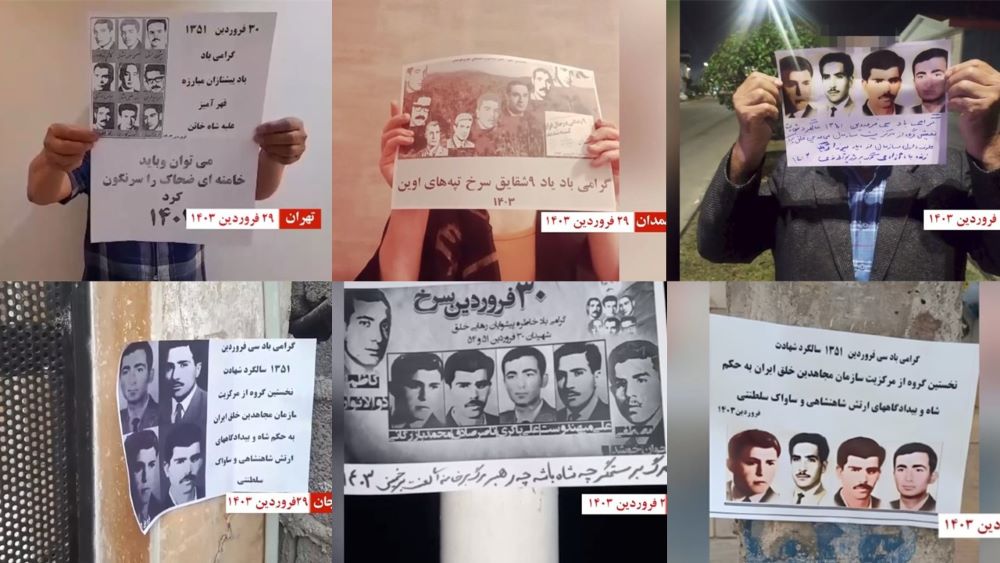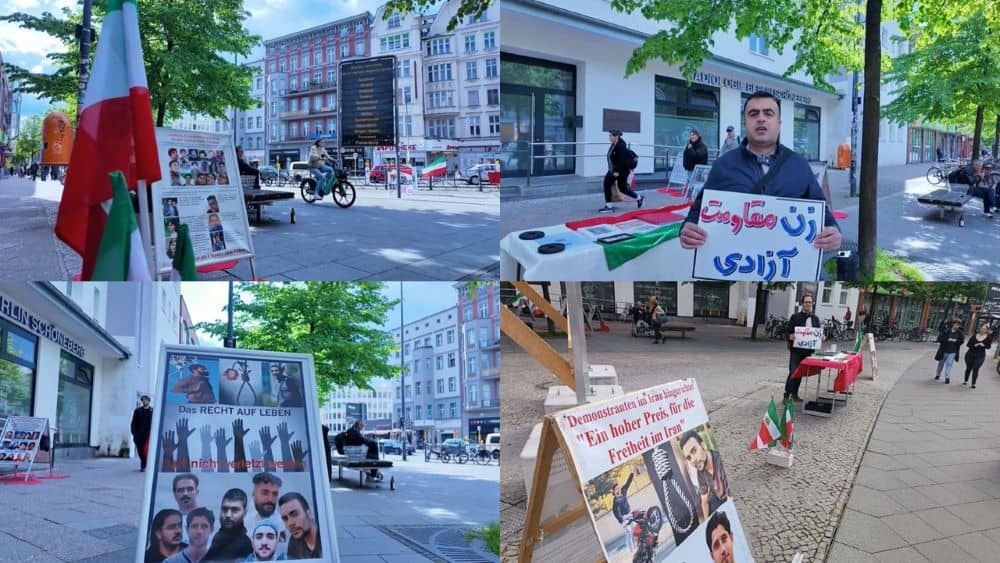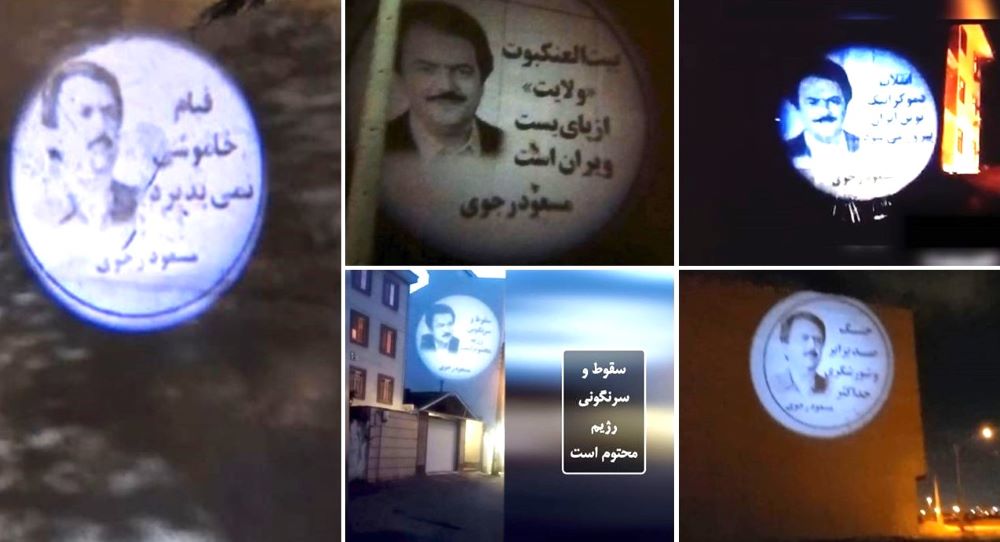
While the world is set to celebrate International Women’s Day next Tuesday, the plight of Iranian women in this day and age is heart-breaking. Of all the sectors in Iranian society, the women suffer the most at the hands of the misogynistic theocratic regime ruling over them.
Women greatly played a leading role during the major uprisings in Iran in 2018, and in many protests since then. However, during the anti-regime protests in 2019, many women sadly lost their lives in a major crackdown by the Iranian regime’s suppressive forces.
The National Council of Resistance of Iran (NCRI) said that, “Iranian female labor force suffers from harsh working conditions and little to no support. Many of these women are heads of households, and most earn their living in a male-dominated workplace. The situation has reached a point that even Iran’s state media are forced to acknowledge a part of this crisis.”
The state-run Resalat daily wrote in their January 11 publication that many women have no access to financial support from the Social Security Organization, and with no hope for acquiring pensions, they are forced to find whatever jobs they can to earn a meager living.
In May 2021, the state-run Donya-e Eghtesad daily wrote, “According to official reports, the number of female-headed households was more than three million,” a figure that has “increased by about 26.8 percent between 2011 and 2019.”
Adding to this, the Resalat daily highlighted those Iranian women are usually left with taking much of the share of service providing jobs, which are often the least paid roles available.
The NCRI said, “In November 2021, Marzieh Taherian, a female textile worker, died while working. The 21-year-old‘s head was pulled by a spinning machine as she was working at night shift to earn a meagre living. Marzieh’s tragic death was an example of the Iranian women’s harsh working conditions.”
According to the ILNA News Agency at the time, regime officials had promised to investigate Marzieh’s case, but this incident is merely the tip of the iceberg. Thousands of women suffer greatly in similar conditions.
The ILNA stated, “According to statistics from the Social Security Organization, Last year, 42,898 workers had accidents, including 1,593 women.”
Not only do these women have to contend with harsh working conditions, they are also subjected to severe violence from spouses and other male relatives.
Just a few weeks ago, a young man in southwest Iran proudly paraded the severed head of Mona Heydari, his 17-year-old wife, whom he murdered in an ‘honor killing’ as she was trying to seek refuge from the abuse she had endured at his hands.
Most Iranians were horrified at the actions of the man, but the regime’s misogynistic state media praised him and portrayed him as a ‘man of honor’.
The NCRI said, “The Iranian regime started oppressing women shortly after the 1979 revolution by imposing compulsory veiling or ‘hijab’. The mandatory veiling was the regime’s first step to humiliate Iranian women. Iran’s constitution considers motherhood and childbearing as the women’s sole reason for existence.”
This ideology puts men in a superior position, which explains the constitution allowing men to practice polygamy. Under Article 942 of the Iranian Civil Code, men are allowed to have as many permanent, or temporary wives as they wish. This constitution also permits child marriages, with many girls as young as nine, being betrothed to older men.
Further articles in the constitution also allows men to divorce their wives for a wide range of reasons, while the same law places many barriers in front of women if they want to apply for a divorce on their own terms.
The NCRI said, “While Iran’s ruling theocracy promotes misogyny and tries to enslave women, women have proven to be the trailblazers of the fight against the regime. Since the 1980s, the women in the Iranian Resistance have been at the forefront of the struggle against religious fascism in Iran. Nowhere is this more evident than in the participation of women in the ranks of the Resistance Units in Iran, who are acting as sledgehammers that will break the wall of repression and pave the way for a nationwide uprising that will topple the mullahs’ regime.”





